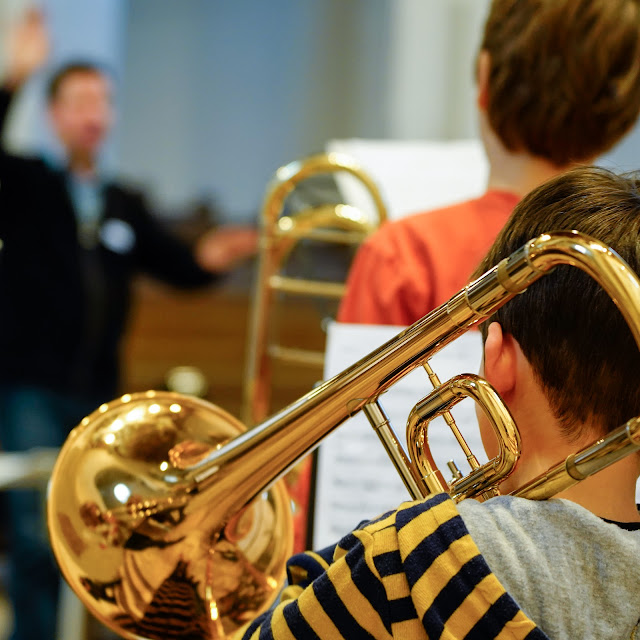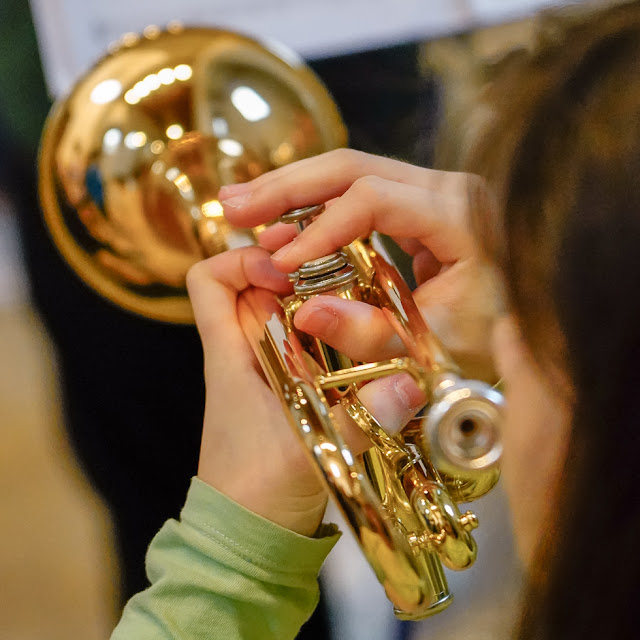 |
| 1/400 sec., f4, 500 ISO The follow focus on this camera works well for you once you've figured out the best way to use it! |
If you are here, then you've watched some of the video reviews on this camera. I'm not going to make a video review; I'll let you skim over this till you get to the juicy part you want to read about. It goes quicker for you that way.
 |
| This is a still excerpted from a 4K video taken with the A7iii |
In my last blog I said I'd pass on my real-world discoveries to you. First, two tweaks that you won't find in the manuals:
1. To stop the Eye-start AF (developed by Minolta in 1992) from blacking out your display when the strap or your fingers get too close to the viewfinder, simply pull out the display a few millimeters and you won't have the problem any more.
2. When reviewing the pictures you've just taken, quickly tap twice on the display to zoom in and then move the photo with your finger to view the part you want to see. Tap twice again to return to the normal view.
 |
| 1/250, f5, 100 ISO It is a shame that this JPEG is so muddy. I think it may, however, be due to the fact that I had the noise reduction set to "Normal", which would even affect the low-ISO images. |
 |
| 1/320 sec., f5, 100 ISO |
 |
| 1/50 sec., f4.5, 6,400 ISO The detail on the building is pretty much lost at this ISO and with "Normal" in-camera noise reduction. That will be different when converting from RAW. |
 |
| These two photos were taken at 1/80 sec., f4 and 4,000 ISO |

 |
| Count the whiskers! It was nearly dark when I took this picture at 1/20 sec., f5 and 12,800 ISO |
The thing I first fell in love with here was the ability to set minimum shutter speed settings while in Auto ISO mode. I'm sure I asked for it in some forum years ago. And here it is!
So you are inside shooting an event and want to get the best quality photo but need to maintain a certain shutter speed to keep from capturing blurry hand and head movements. You set the ISO ASS (Auto Minimum Shutter Speed) accordingly: Slower, Slow, Standard, Fast, Faster. Or set it to the specific shutter speed you need/prefer - anywhere from 30" to 1/8000"! That is an amazing plus for this camera!
 |
| 1/50 sec., f4, 2,000 ISO |
 |
| 1/100 sec., f4, 4,000 ISO Pretty clear bell on that trombone even at this high setting! |
Saving some really good news for last today:
First, the new NP-FZ100 battery life is amazing. I shot a two-hour concert and was still at 78%. I don't need any more than that, although I will want a second one in my bag (€90 - ouch!) when I'm out all day. With the tiny old NP-FW50, I'd have been on 17% and reaching for a new one.
 |
| 1/250, f4, 8,000 ISO That is amazing detail for this setting! |
Next time I'll write a bit about exposure and white balance settings that are new and improved in the A7iii. Let me know if you have any specific questions regarding this camera, and I'll try to answer them for you.
No comments:
Post a Comment